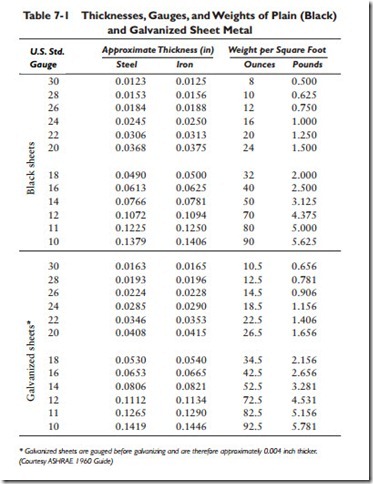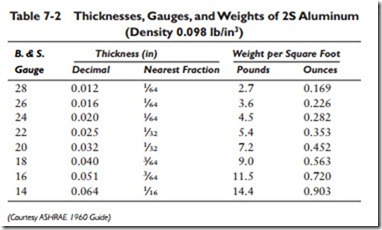Duct System Components
The components of a typical duct system are illustrated in Figure 7-4. In a forced warm-air heating system, the warm air collects in an area at the top of the furnace called the furnace hood or plenum. An extended plenum duct system will have a large rectangular duct connected to the plenum by a starting collar and extending out along the ceiling in a straight line. Round (see Figure 7-3) or square supply ducts are connected to the plenum (or plenum extension) usually by adjustable side takeoffs and extend to either a register boot or an elbow. Changes of direction in the round duct are accomplished with flexible angle ducts. A nonflexible elbow provides the same function in rectangular ducts. A vertical duct or warm-air riser is sometimes referred to as a stack. A warm-air duct that carries the warm air horizontally in a straight line from the furnace plenum to
the stack is often referred to as a leader. Dampers are located in the duct so that the quantity of warm air can be regulated manually or automatically by thermostatic control. Ducts that carry the warm air to the rooms are called supply ducts. All ducts that carry the return air back to the furnace are referred to as return ducts.

